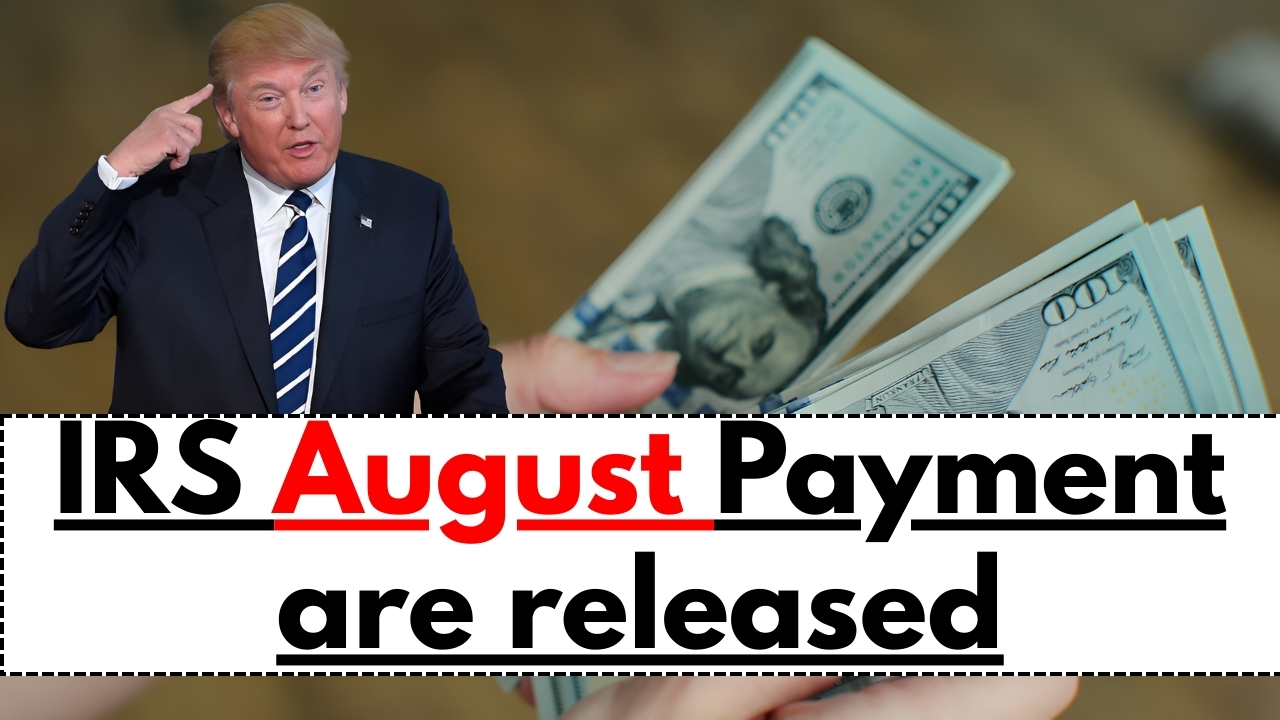IRS August Payment : This August, the Internal Revenue Service (IRS) has begun distributing special payments aimed at providing financial relief to eligible Americans. With increasing interest and inquiries around the payments, understanding the documentation required, eligibility criteria, and important payment details is essential to ensure beneficiaries receive their funds smoothly. Below is a comprehensive guide covering everything taxpayers need to know about the August IRS payment release.
Details of the August IRS Payment Release
The IRS initiated a special payment program in August 2025 to assist taxpayers who may have missed out on earlier stimulus payments or credits. Specifically, the payments target about one million individuals who did not claim the Recovery Rebate Credit (RRC) on their 2021 tax returns. This credit represented part of the COVID-19 relief provided by the government, and these payments now aim to rectify those missed claims.
IRS spokeswoman emphasized that recipients do not need to take any additional steps to receive the payments, as the IRS is automatically processing and sending the funds based on existing tax records. Payments are being made either via direct deposit or mailed as paper checks depending on prior IRS records for each individual.

Required Documentation and Eligibility Criteria
Although no new application is necessary for this payment, it is crucial that the IRS have accurate and up-to-date information on file to avoid delays or payment failures. Taxpayers should ensure their mailing address and banking details provided in recent tax returns are current.
Eligibility hinges on having filed a 2021 tax return but not having claimed the Recovery Rebate Credit. Income limits remain consistent with initial relief programs, typically under $75,000 annually for singles and $150,000 for married filing jointly to claim full or partial payments. The IRS will verify filings and income data automatically before issuing payments.
Distribution Methods and Payment Tracking
The IRS is managing its payment distribution by direct deposit whenever possible, ensuring the quickest delivery of funds. For taxpayers without bank information on file or those who have moved, payments are mailed as paper checks to the last known address.
Recipients can track their payment status through the official IRS website’s “Where’s My Payment?” tool, which provides updates on payment processing and shipping. Timely updates help reduce confusion and reassure taxpayers about the timing of their funds.
Avoiding Fraud and Scam Risks
With increased IRS payments circulating, scammers often try to exploit these situations. It is vital for recipients and taxpayers to guard against fraudulent communications pretending to be from the IRS.
The IRS never solicits fees to issue payments nor requests sensitive personal information via phone or email. Genuine IRS communications come primarily through postal mail or secured online portals. Taxpayers are urged to confirm any suspicious contact directly through official IRS channels.
What to Do If You Missed the Payment
Individuals who believe they qualify for the special payment but have not received it by the expected timeframe can still take action. Filing or amending 2021 tax returns remains the primary way to claim unreceived Recovery Rebate Credits by the April 15, 2025 deadline.
Additionally, consulting with tax professionals or IRS representatives can help clarify eligibility and resolve issues. Ensuring tax filings are complete and accurate can prevent further payment delays.
2025 Jobseeker Payment are coming on this date – Qualification see here
IRS August Payment Summary
The IRS August 2025 special payment program is now underway, delivering funds to about one million taxpayers who missed claiming the Recovery Rebate Credit on their 2021 returns. Automatic processing reduces the burden on recipients, but keeping tax records up-to-date is essential. Payments are primarily direct-deposited or mailed as checks, with tools available for tracking. Awareness of fraud risks and filing timelines is key to safeguarding benefits.